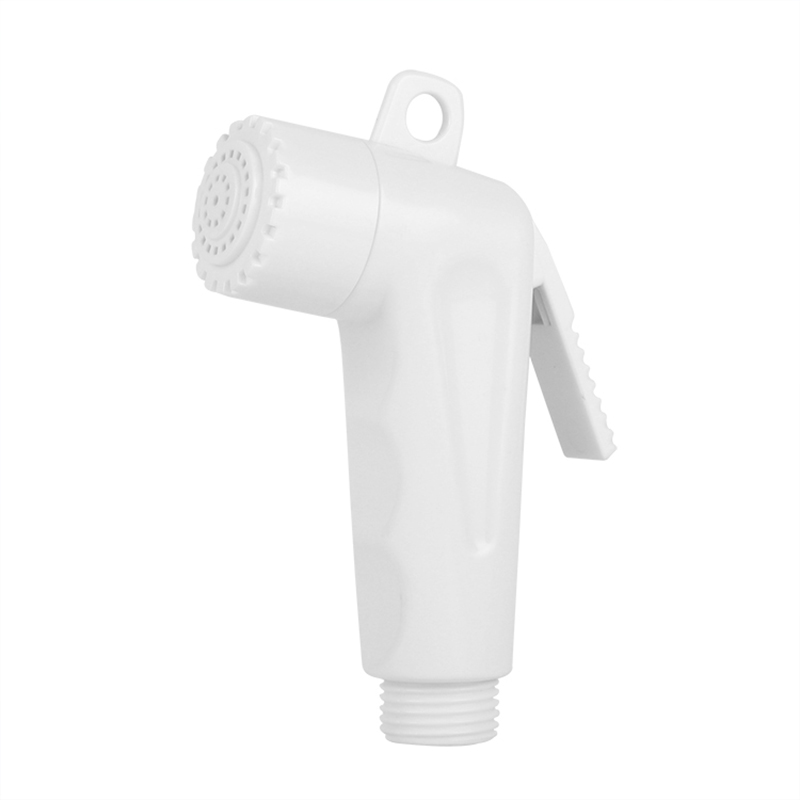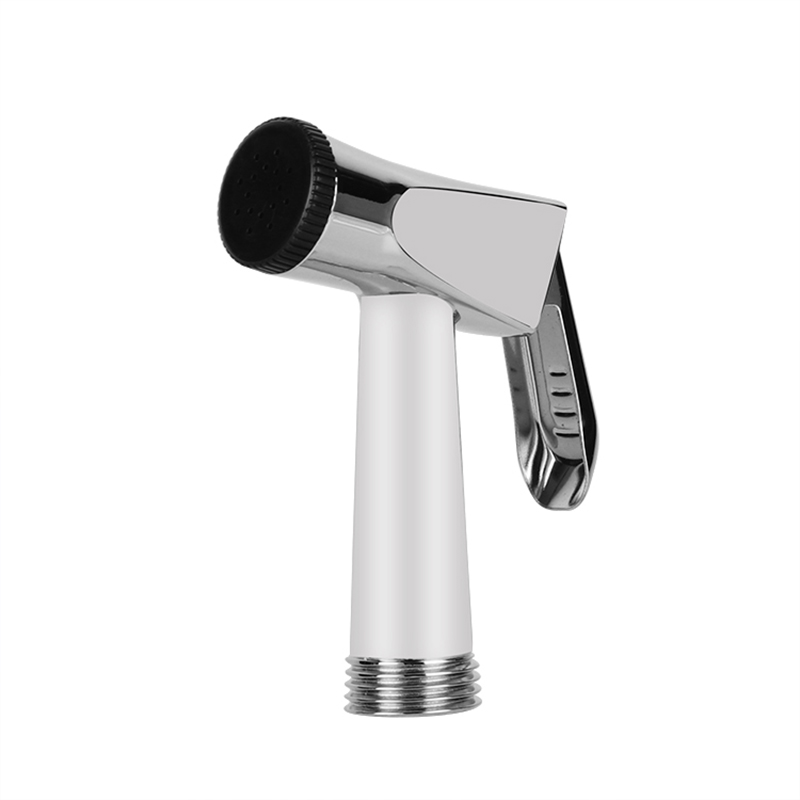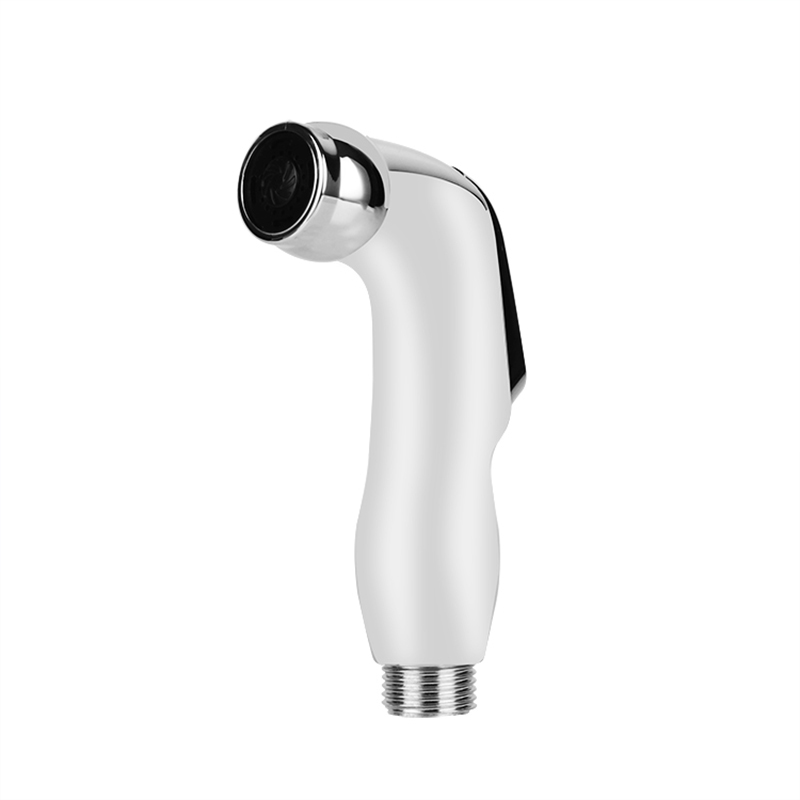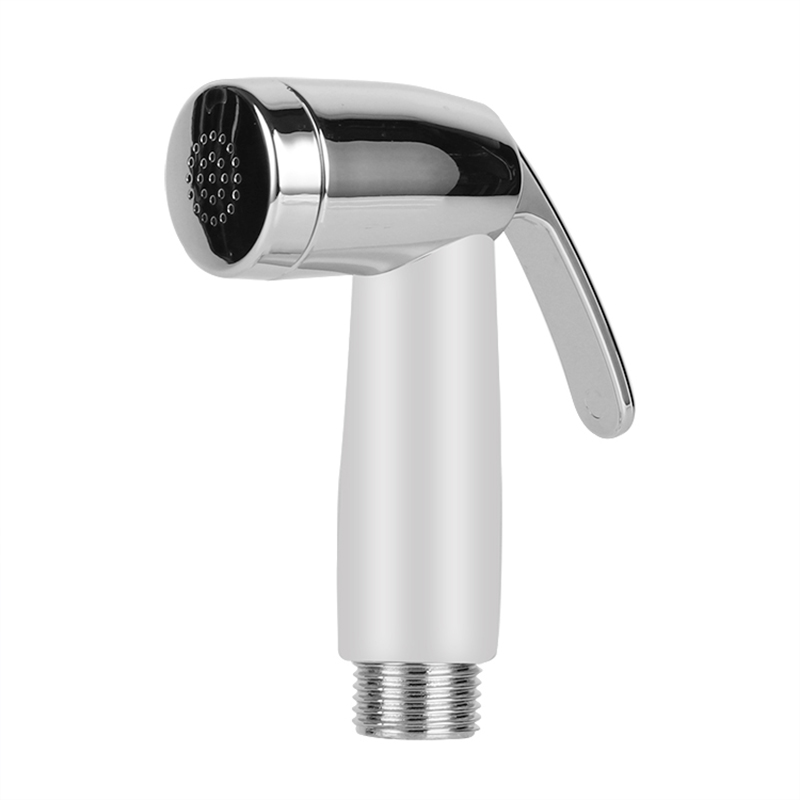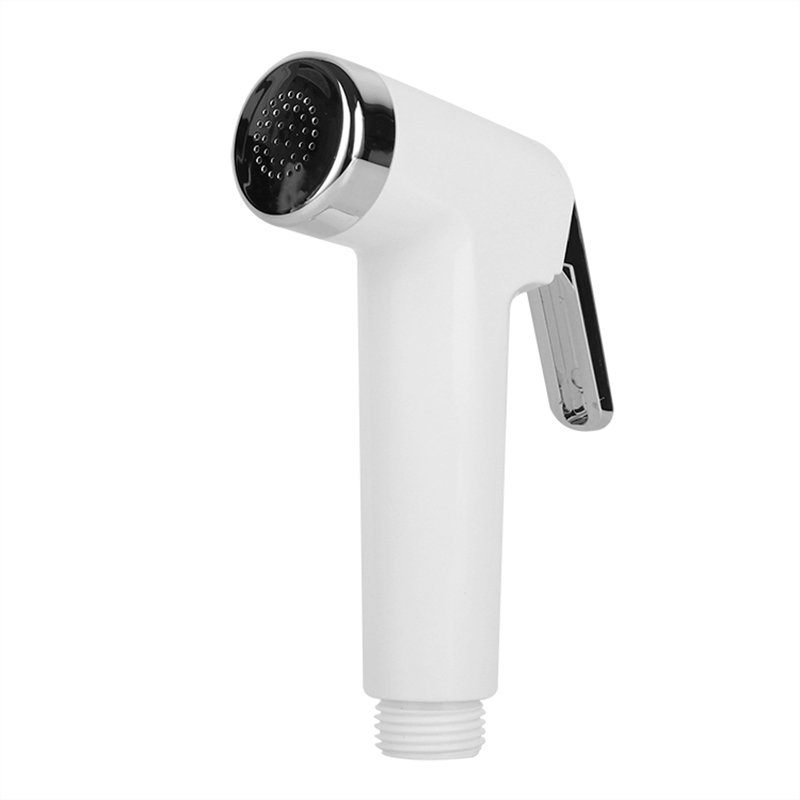Common types of failures and causes of PVC shower hoses are summarized as follows:
Water leakage:
Hose rupture: Long-term use, material aging, external impact or excessive bending during installation may cause the hose to rupture, resulting in water leakage.
Improper installation: Deformation of the rubber ring, uneven or too thin outlet pipe joints, mismatch between the hose and the shower head, and other installation problems can also easily cause water leakage.
Blockage:
Foreign matter and scale: After the shower hose has been used for a period of time, scale, sand and other foreign matter may accumulate inside, resulting in poor water flow or complete blockage.
Improper adjustment: Improper adjustment of the shower head may also cause scale to block the nozzle hole, affecting normal use.
Material aging: PVC materials will be affected by various factors such as temperature, humidity, and light during use. Long-term use can easily to material aging, hardening, cracking and other problems.
Loose or falling off:
Loose connection: If the connection between the shower hose and the shower head, faucet, etc. is not installed firmly, it is easy to loosen, and in severe cases, it may even cause falling off.
Damage to fixings: Shower hoses usually need to be fixed by some fixings (such as brackets, hooks, etc.). If these fixings are damaged or aged, the hoses will also become loose or fall off.
In order to prevent and reduce the occurrence of PVC shower hose failures, the following measures can be taken:
Check the condition of the shower hose regularly and replace it in time if it is cracked or aged.
During installation, ensure that the rubber ring is intact and the joints are flat and matched to avoid problems caused by improper installation.
Clean the shower head and the inside of the water pipe regularly to prevent foreign matter and scale accumulation.
Pay attention to use and maintenance to avoid damage to the hose due to improper operations such as excessive bending and pulling.

 English
English 中文简体
中文简体







